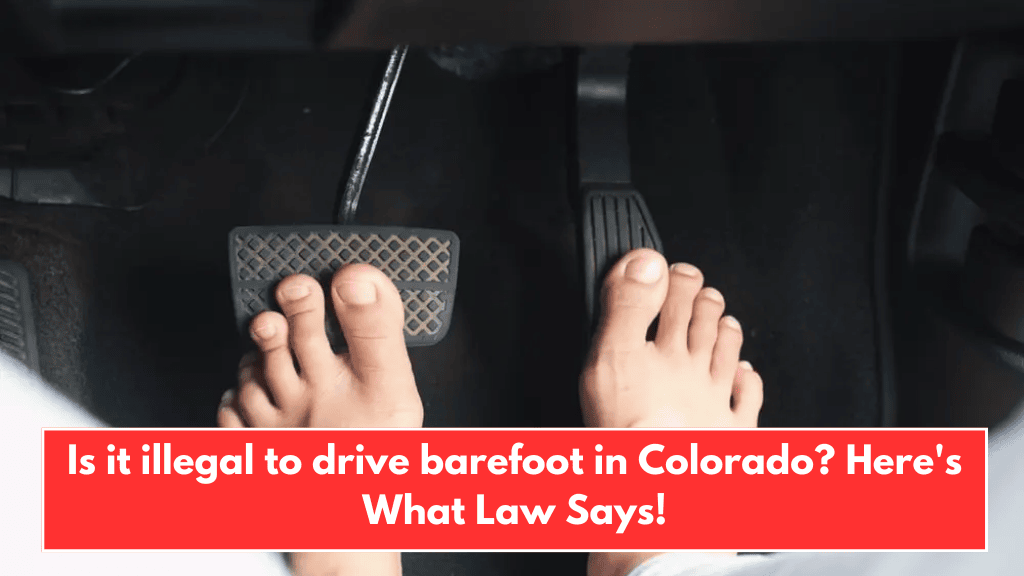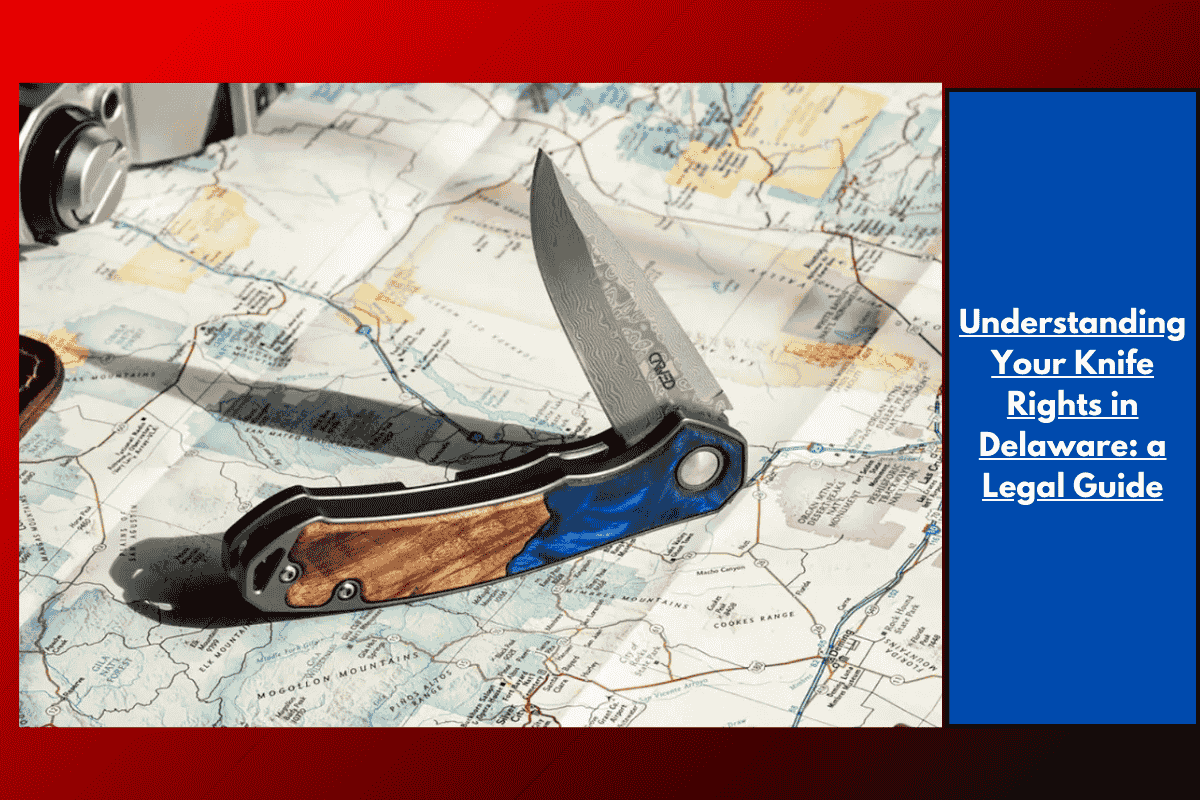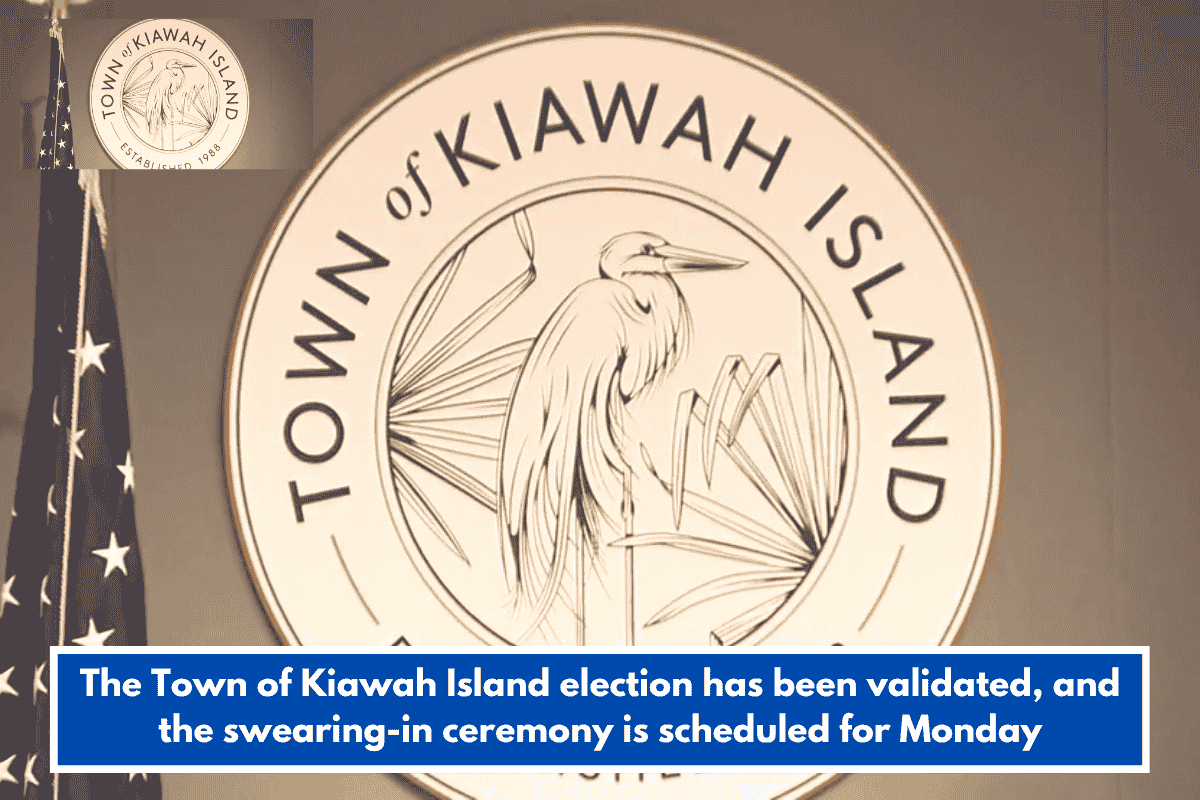Many drivers believe it’s illegal to drive barefoot, but surprisingly, that’s not true. There are no laws in any of the 50 U.S. states that prohibit barefoot driving. So, if you’ve ever been told it’s against the law to drive without shoes, you’ve been misled by a common urban myth.
Driving Barefoot: The Legal Truth
It may come as a surprise, but driving without shoes is completely legal in every U.S. state, including Alaska and Hawaii. Despite popular belief, no traffic laws at the state level ban the practice. While it might feel strange or even unsafe to some, others argue that driving barefoot offers better pedal control than certain types of footwear.
Why Do People Think It’s Illegal?
The myth probably stems from concerns about safety and insurance liability. Many people assume that if you’re barefoot and involved in a crash, you could be penalized more harshly or denied insurance coverage. While barefoot driving might raise questions in the event of an accident, especially if it contributed to the crash, it’s not enough on its own to get you a ticket or a fine.
Could It Still Get You in Trouble?
Yes — but indirectly. Even though it’s legal, driving barefoot could still be considered negligent or reckless under certain conditions. For example, if you’re in an accident and it’s determined that your lack of footwear played a role in losing control of the vehicle, a police officer could cite you for careless or unsafe driving. This depends heavily on the situation and the discretion of the officer.
When Barefoot Might Be Safer
In some cases, barefoot driving may actually be safer than driving with certain shoes. Think of:
- High heels, which can slip off pedals
- Flip-flops, which can get caught under or around pedals
- Heavy boots, which may limit ankle movement and pedal feel
So, if your choice is between flip-flops and bare feet, many safety experts agree — barefoot might be the better option. However, it’s still best to keep a pair of driving-friendly shoes in your car.
Tips for Safe Barefoot Driving
If you do decide to drive barefoot, here are a few things to keep in mind:
- Ensure your feet are clean and dry to prevent slipping.
- Be cautious on long drives where foot fatigue could set in faster.
- Avoid distractions and stay focused on the road.
You should also remember that individual cities or counties might have their own ordinances, though none currently ban barefoot driving outright.
Bottom Line
Barefoot driving isn’t illegal in the United States, but it’s not always encouraged either. While it can give you better control than some footwear choices, it could still land you in trouble if it contributes to an accident. Use your best judgment, prioritize safety, and drive responsibly—with or without shoes.














